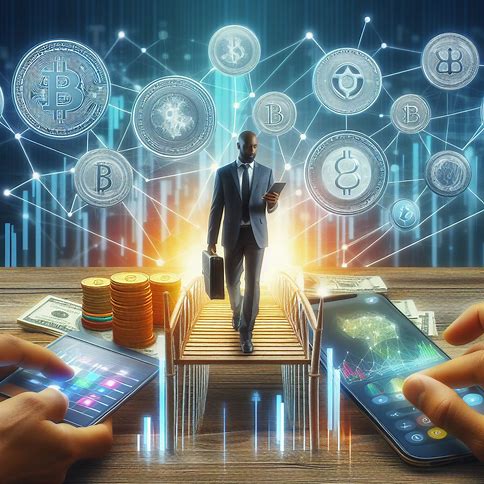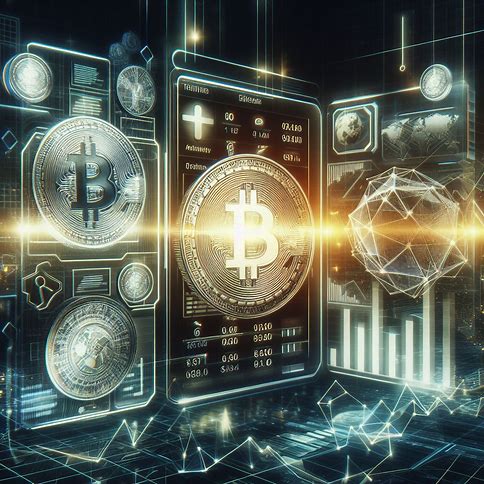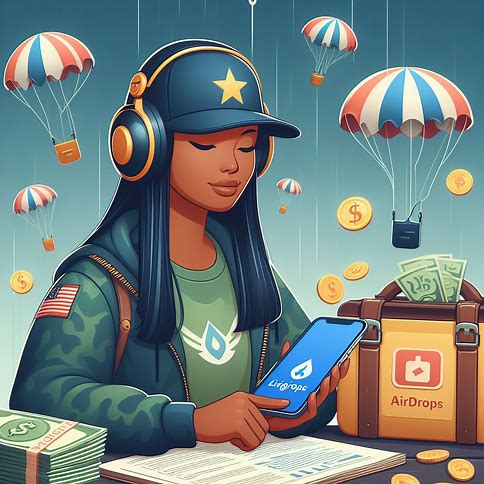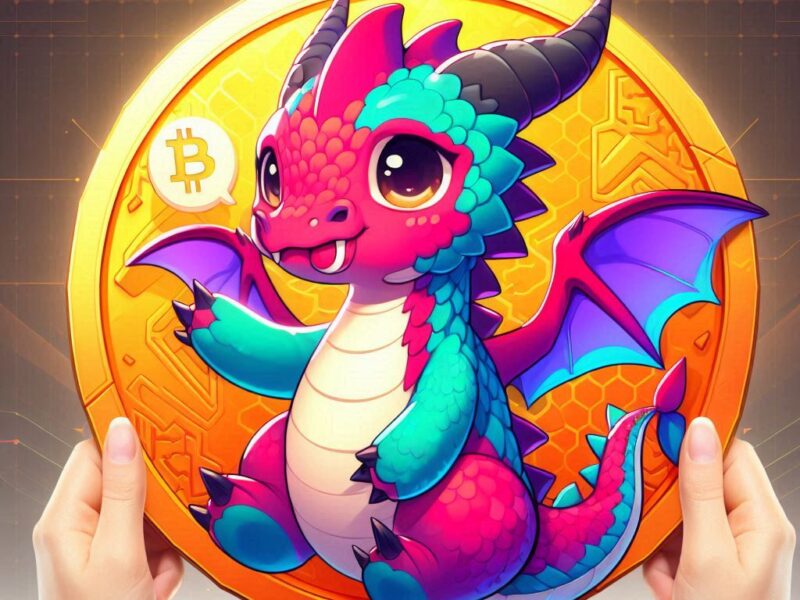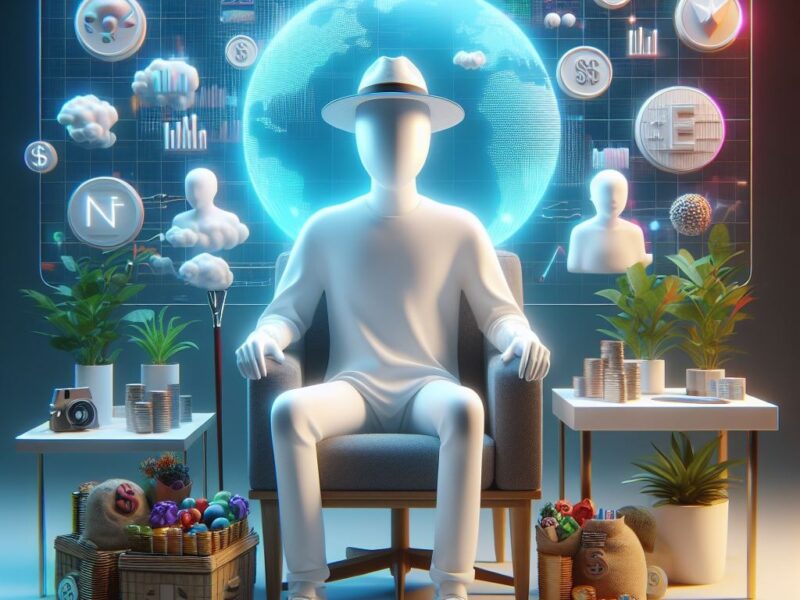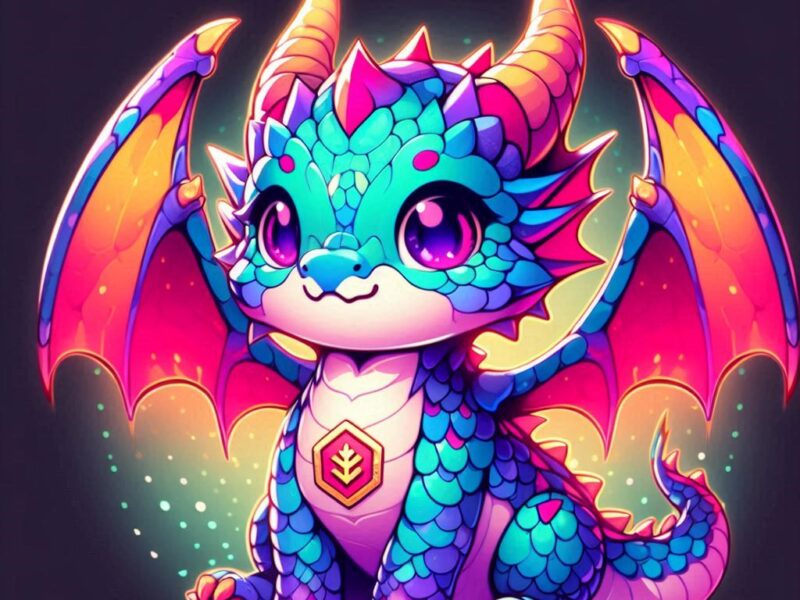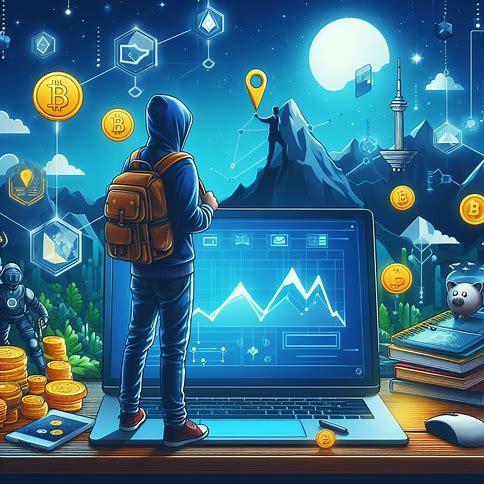Non-fungible tokens (NFTs) are assets that have been tokenized via a blockchain. They are unique digital assets that can represent ownership of anything from artwork to music, and they are changing the game for musicians everywhere. We will explore how NFTs can empower music artists with unique collectibles, giving them new ways to monetize their creativity and build stronger relationships with their fans.
Jump To
ToggleWhat Makes NFTs Unique?
NFTs are digital assets that are stored on a blockchain, which is a decentralized ledger that records transactions across a network of computers. What makes NFTs unique is that each one is one-of-a-kind and cannot be replicated or exchanged for an identical item. This scarcity is what gives NFTs their value, as collectors are willing to pay top dollar for rare and exclusive digital assets.
NFTs can take many forms, from digital artwork to video clips, but they are particularly well-suited to the music industry. Musicians can create NFTs that represent ownership of a particular song, album, or even a live performance. These NFTs can then be sold to fans as collectibles, giving them a unique piece of the artist’s work that they can own and trade.
The Benefits of NFTs for Music Artists
1. New Revenue Streams
One of the biggest advantages of NFTs for music artists is the potential for new revenue streams. In the traditional music industry, artists typically earn money through record sales, streaming royalties, and live performances. However, these revenue streams can be unpredictable and often don’t provide a sustainable income for artists.
With NFTs, musicians can create unique digital assets that they can sell directly to their fans. This can include limited edition album artwork, exclusive behind-the-scenes content, or even the rights to a particular song. By selling these NFTs, artists can generate additional income and have more control over the value of their work.
2. Stronger Fan Relationships
NFTs also provide a new way for music artists to connect with their fans and build stronger relationships. When a fan purchases an NFT from an artist, they’re not just buying a digital asset – they’re investing in the artist’s career and becoming a part of their community.
Artists can use NFTs to create exclusive experiences for their fans, such as virtual meet-and-greets or access to private online communities. This can help to foster a sense of loyalty and engagement among fans, as they feel more connected to the artist and invested in their success.
3. Increased Control Over Creative Work
Another benefit of NFTs for music artists is the increased control they have over their creative work. In the traditional music industry, artists often have to give up a significant portion of their rights to record labels and publishers in exchange for distribution and promotion.
With NFTs, artists can maintain ownership of their work and have more control over how it’s used and monetized. They can set their prices for their NFTs and determine how many copies will be available. This can be particularly valuable for independent artists who may not have the same resources or bargaining power as larger acts.
Real-World Examples of Music NFTs
1. Kings of Leon
In March 2021, rock band Kings of Leon made history by becoming the first band to release an album as an NFT. The album, titled “When You See Yourself,” was released in three types of tokens: a special album package, a live show package, and an audiovisual package. The special album package included a vinyl LP, a digital download of the album, and a limited-edition Golden Eye vinyl. The live show package included four front-row seats to any Kings of Leon concert during the band’s 2021 tour, while the audiovisual package included exclusive audiovisual art. The NFTs generated over $2 million in sales, demonstrating the potential for music NFTs to create significant revenue for artists.
2. Grimes
Canadian musician and visual artist Grimes has also embraced NFTs as a way to monetize her creative work. In February 2021, she released a collection of digital artwork called “WarNymph” on the NFT platform Nifty Gateway. The collection included 10 pieces of artwork, each with a unique musical component. The NFTs sold out within 20 minutes, generating over $6 million in sales. Grimes’ success with NFTs showcases how artists can use the technology to create unique, multimedia experiences for their fans.
3. Steve Aoki
DJ and producer Steve Aoki is another artist who has experimented with music NFTs. In March 2021, he released a collection of NFTs called “Dream Catcher” in collaboration with digital artist Antonio Tudisco. The collection included a series of audiovisual artworks that combined Aoki’s music with Tudisco’s 3D animations. The NFTs were sold in a series of auctions on the Nifty Gateway platform, with the highest-selling piece going for over $4,000. Aoki’s use of NFTs demonstrates how artists can collaborate with visual artists to create unique, cross-disciplinary works that appeal to collectors and fans alike.
Challenges and Considerations
While NFTs offer many benefits for music artists, there are also some challenges and considerations to keep in mind. One of the biggest challenges is the environmental impact of NFTs. The creation and sale of NFTs require significant amounts of energy, as they rely on blockchain technology which involves complex computational processes. This has led to concerns about the carbon footprint of NFTs and their contribution to climate change.
Another consideration is the volatility of the NFT market. Like other cryptocurrencies and blockchain-based assets, the value of NFTs can fluctuate rapidly based on market demand and speculation. This means that while some artists may generate significant income from NFT sales, others may struggle to find buyers for their work.
Finally, there are also questions about the long-term value and ownership of NFTs. While NFTs are designed to be unique and scarce, there’s no guarantee that they will retain their value over time. Additionally, the ownership of an NFT doesn’t necessarily grant the owner full control over the underlying creative work, as copyright and intellectual property laws still apply.
Future Outlook and Opportunities
Despite these challenges, the future outlook for music NFTs is promising. As more artists experiment with the technology and more fans become familiar with the concept, we can expect to see continued growth and innovation in this space.
One potential area for growth is the use of NFTs for live music experiences. With the COVID-19 pandemic forcing the cancellation of many in-person concerts and festivals, artists are looking for new ways to connect with their fans and generate revenue from live performances. NFTs could be used to create unique, immersive virtual concert experiences that fans can access from anywhere in the world.
Another opportunity for music NFTs is the creation of decentralized music platforms that give artists more control over the distribution and monetization of their work. These platforms could use blockchain technology to create transparent, fair payment systems for artists and give fans more direct access to the music they love.
Key Takeaways
- NFTs are unique digital assets stored on a blockchain, offering a new way for music artists to monetize their work and connect with fans.
- Benefits of NFTs for music artists include new revenue streams, stronger fan relationships, and increased control over creative work.
- Real-world examples of successful music NFTs include Kings of Leon’s album release, Grimes’ digital artwork collection, and Steve Aoki’s audiovisual collaborations.
- Challenges and considerations for music NFTs include the environmental impact of blockchain technology, market volatility, and questions around long-term value and ownership.
- The future outlook for music NFTs is promising, with potential for growth in areas like virtual concert experiences and decentralized music platforms.
- As more artists embrace NFTs and fans become familiar with the concept, we can expect to see continued innovation and creativity in the music industry.
FAQs
1. What makes NFTs different from other digital assets?
A: NFTs are unique and cannot be replicated or exchanged for an identical item, which creates scarcity and value for collectors.
2. How can music artists use NFTs to generate revenue?
A: Artists can create and sell unique digital assets such as limited edition album artwork, exclusive behind-the-scenes content, or the rights to a particular song.
3. What are some examples of successful music NFTs?
A: Examples include Kings of Leon’s album release as an NFT, Grimes’ digital artwork collection “WarNymph,” and Steve Aoki’s audiovisual collaborations with digital artists.
4. What are the environmental concerns surrounding NFTs?
A: The creation and sale of NFTs require significant amounts of energy due to the complex computational processes involved in blockchain technology, contributing to concerns about their carbon footprint and impact on climate change.
5. How can NFTs be used for live music experiences?
A: NFTs could be used to create unique, immersive virtual concert experiences that fans can access from anywhere in the world, providing a new way for artists to connect with fans and generate revenue from live performances.
6. What are decentralized music platforms, and how do they relate to NFTs?
A: Decentralized music platforms use blockchain technology to create transparent, fair payment systems for artists and give fans more direct access to the music they love. NFTs can be integrated into these platforms to offer unique experiences and collectibles for fans.
7. What should artists and fans keep in mind when exploring music NFTs?
A: It’s important to consider the challenges and risks associated with NFTs, such as market volatility and questions around long-term value and ownership. However, the potential benefits for artists and fans alike make music NFTs a promising area for growth and innovation in the industry.
